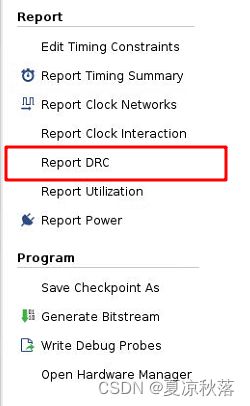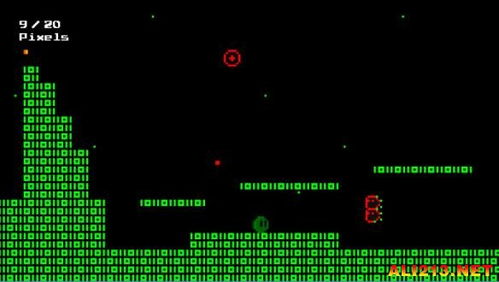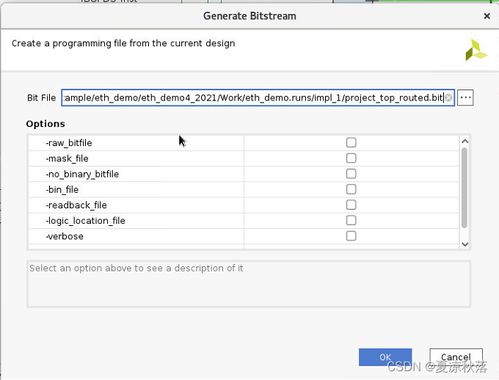
Bit Defenition: A Comprehensive Guide
Understanding the concept of bit definition is crucial in today’s digital age, where data is the new oil. Whether you are a tech enthusiast, a professional, or just someone curious about how computers work, delving into the intricacies of bits can be enlightening. In this article, we will explore what a bit is, its significance, and how it shapes the digital world around us.
What is a Bit?

A bit, short for binary digit, is the most basic unit of information in computing and digital communications. It represents the smallest unit of data that a computer can process. A bit can have two possible values: 0 or 1. These values are often referred to as binary digits because they are the foundation of the binary number system, which is the language of computers.
Binary Number System

The binary number system is a base-2 numeral system that uses only two symbols: 0 and 1. Unlike the decimal system, which uses ten digits (0-9), the binary system uses only two. This simplicity makes it ideal for digital devices, as they can easily represent and manipulate binary values using electronic circuits that have two states: on or off.
Here’s a brief overview of the binary number system:
| Position | Value |
|---|---|
| 1 | 2^0 = 1 |
| 2 | 2^1 = 2 |
| 4 | 2^2 = 4 |
| 8 | 2^3 = 8 |
| 16 | 2^4 = 16 |
| 32 | 2^5 = 32 |
| 64 | 2^6 = 64 |
| 128 | 2^7 = 128 |
| 256 | 2^8 = 256 |
As you can see, each position in a binary number represents a power of 2. For example, the binary number 1101 (12^3 + 12^2 + 02^1 + 12^0) is equal to the decimal number 13 (8 + 4 + 0 + 1).
Significance of Bits

Bits are the building blocks of all digital information. They are used to represent various types of data, such as text, images, audio, and video. Here are some key reasons why bits are significant:
-
Storage: Bits are used to store data in digital storage devices, such as hard drives, solid-state drives, and flash drives.
-
Transmission: Bits are used to transmit data over networks, such as the internet and cellular networks.
-
Processing: Bits are used to process data in computer processors, enabling complex calculations and operations.
-
Encryption: Bits are used to encrypt data, ensuring its confidentiality and integrity.
Applications of Bits
Bits are used in a wide range of applications across various industries. Here are some examples:
-
Text Processing: Bits are used to represent characters in text, allowing computers to store, process, and display text-based information.
-
Image Processing: Bits are used to represent pixels in images, enabling computers to store, process, and display visual content.
-
Audio Processing: Bits are used to represent audio signals, allowing computers to store, process, and play audio files.
-
Video Processing: Bits are used to represent video frames, enabling computers to store, process, and play video content.







